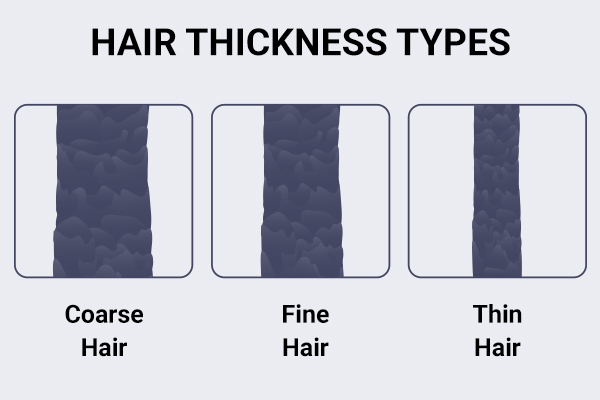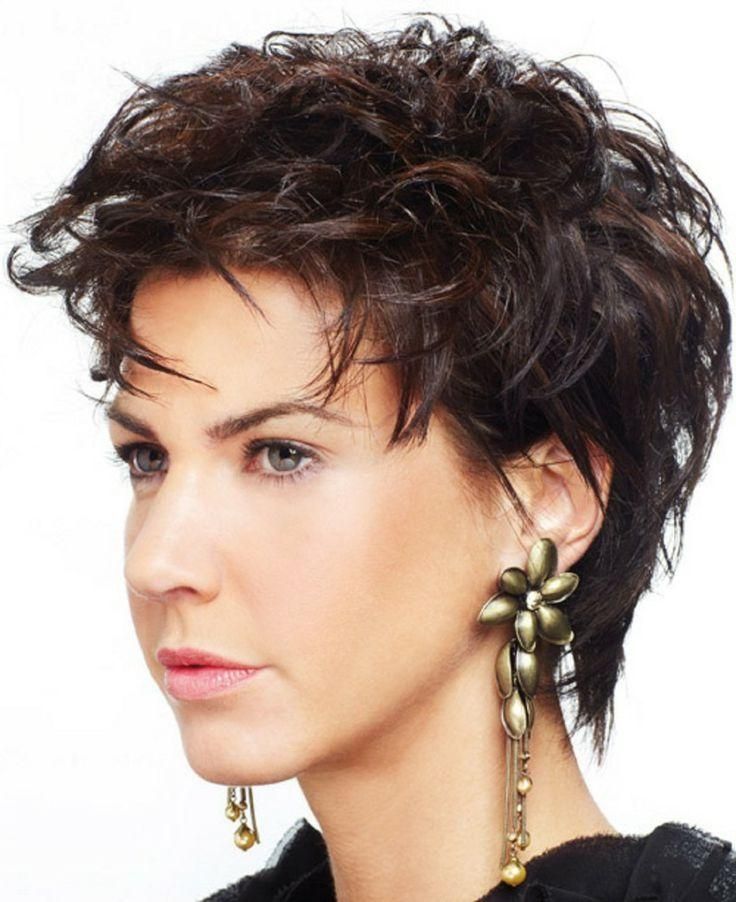Table Of Content

The haircare industry is shifting away from products with drying ingredients like sulfates, but what else should those with coarse hair textures avoid in styling products? The cleanser has kept my highlights from drying out while keeping my hair and scalp clean. So, if you feel your hair is frizzy, difficult to style, and brittle – you have coarse hair. Identifying your hair type can help you take care of it properly. In addition, you can learn the specific products it needs and the more flattering hairstyles for such hair types.
Curly/Kinky Hair
"Gather a bunch of hair or do a strand test to see if the strand is wide, strong, thick or has a heavy gauge. If so, then your hair is coarse." You may come across numerous magic ways on how to make coarse hair soft and silky, but there are the reliable, well-tested fundamentals to rely on. Coarse hair, on the other hand, means that the individual hair shaft has a wider and larger circumference and feels more substantial between your fingers. If your hair wasn’t always naturally coarse, there are some factors that can cause the texture of your hair to become coarser.

How To Take Care Of Coarse Hair
For instance, if your hair tends to be dry, then “look for serums that contain oils to help hydrate the dry hair shaft,” says Dr. Shaver. There are a few different ways to oil your hair, depending on your hair type and goals. Dr. Spann suggests heating the oil for a few seconds for maximum penetration.
What is hair oiling?
Hair stylists don’t prefer working with this hair type because it’s difficult to manipulate due to its strength and brittleness. In addition, it loses moisture quickly because of the thick shaft, which makes it lose oils and moisture quickly before getting to the hair follicles. The Silk Express Miracle Silk Hair Mask transforms the texture of your hair by softening and moisturizing each strand.
Make sure the shampoo is really well distributed, and then rinse thoroughly, says Jordan. If you’re new to solid shampoo and looking to try it out, we spoke to experts about the benefits of a shampoo bar and how to shop for the best one for your hair. We also compiled a few expert-recommended options to consider, as well as NBC Select staff favorites.
Can coarse hair be straight?
It helps to spread your hair’s natural oil from the scalp to the ends of your hair, while also removing excess oil. Working with a hair stylist can help ensure your hair maintains its shape and style without being weighed down by damaged ends and prone to snarls. Trimming your hair every 8-10 weeks is a good rule of thumb for every hair type.
From Fine to Coarse Hair
But stearyl alcohol and cetearyl alcohol are fatty alcohols that act as emollients and moisturize coarse strands. So it’s safe to use products that contain these ingredients on coarse hair. Regular cuts are vital for coarse hair as it is prone to split ends and breakages. A regular trim every 8-10 weeks will remove split ends and damaged hair, helping you to manage coarse hair and keep it healthy-looking. Getting a trim every two to three months will help reduce split ends and the appearance of frizz and flyaways. Shampooing less frequently will ensure your hair retains its natural oils and stays sufficiently hydrated.
The best way to know if you have coarse hair is to feel whether it has a noticeably rough, thick texture, e.g. when you hold a strand between your fingers. Coarse hair can be straight, as in many Asian hair types, or curly or frizzy, as in some naturally red hair. Coarse hair can be straight, wavy, curly, tightly curled, and everywhere in between.
Find the Perfect Protein Shampoo for Your Hair Needs
Coarse and Thick Hair Benefits - POPSUGAR
Coarse and Thick Hair Benefits.
Posted: Tue, 17 Apr 2018 07:00:00 GMT [source]
Embrace your natural hair texture and appreciate its advantages like full-body, ability to hold curls and any other styles. Use the right brush when detangling and styling your coarse hair. Choose a brush with spaces between the bristles, as they will be gentle on your rough hair. Ensure you follow the proper steps and techniques when washing, conditioning, and styling your hair.

Besides, its absolutely natural composition makes it suitable for hairstyles for coarse thick hair for women over 50. If treated and managed properly, coarse hair can hold a style well. Hair Treatment Serum by Bali Secret is a leave-in serum that helps control frizz and enhance shine with a variety of plant oils and vitamins.
Rough rubbing may cause frizz or tangles when you get out of the shower. This might not seem like a huge problem at first glance, but dry coarse hair can become brittle, which can easily lead to damage and breakage. If you’ve got coarse hair, it just means the individual strand itself is thick. You can tell if you’ve got it by taking a strand of hair and feeling it. If you don’t feel like your strand is rough or textured, you probably don’t have coarse hair, but if you do, you know the answer. Whether you want to know how to tell if you’ve got coarse hair or discover the best tips to help you take care and manage rough strands, keep on reading to get our expert advice.
While type 3 curls are fine, type 4 curls fall into the coarse hair type category. Find the exact difference between these hair types in the following section. Coarse hair tends to be dry and brittle, so look for gentle sulfate-free shampoos that will nourish and moisturize your locks. Luckily, you don’t need to worry too much about weighing your hair down, unlike your fine-haired friends. A wide-toothed comb or a flat or round brush with rounded tips will help to protect your locks.
Luckily, there are a million easy ways you can add moisture back into your strands without weighing it down. We’re fans of using once-weekly hair masks for this hair type. With coarse hair, it’s far more difficult for moisture to penetrate. As a result, you can get a rougher, damaged texture that looks dull. Consequently, coarse hair needs treating differently from fine hair.

No comments:
Post a Comment